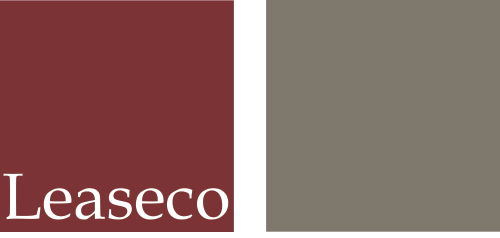If you’re considering a commercial lease in Calgary or Alberta, you’ve probably come across the term “Additional Rent.” While it may sound straightforward, Additional Rent is often one of the most misunderstood parts of a lease—and it can significantly affect your total occupancy cost.
In this article, we’ll explain what Additional Rent is, what it typically includes, and how it impacts your business when leasing retail, office, or industrial space in Calgary.
What is Additional Rent in a Commercial Lease?
Simply put, Additional Rent in a commercial lease refers to the costs for a tenant on top of Basic Rent, including property taxes, insurance, common area maintenance (CAM), and more operation costs. It is usually calculated based on the tenant’s proportionate share of the building and reconciled annually.
The deep dive:
What Does “Additional Rent” Mean?
In most commercial leases, your total rent is made up of two key components:
1. Base Rent (or Minimum Rent): The fixed amount you pay for the ability to occupy the space.
2. Additional Rent: The extra charges you pay under the lease, usually covering your share of property expenses and other recoveries.
A Tip from Leaseco: Think of Base Rent as “the rent for the space itself,” and Additional Rent as “your share of costs to operate and maintain the property.”
What Is Included in Additional Rent?
The exact items depend on the lease, but in Alberta, Additional Rent generally includes:
- Property Taxes – Municipal property taxes allocated to tenants based on square footage.
- Building Insurance – The landlord’s cost of insuring the property (separate from your own tenant insurance).
- Operating Costs / CAM (Common Area Maintenance): Costs for cleaning, landscaping, snow removal, security, lighting, and repairs in shared areas.
- Management/Administration Fees – Fees charged by the landlord for managing the property.
- Utilities (sometimes): If utilities are not separately metered, they may be recovered as part of Additional Rent. If separately metered, tenants usually pay them directly.
- Other Recoveries: In certain retail settings, this could include marketing fund contributions, promotional levies, or even percentage rent (based on sales).
How Is Additional Rent Calculated?
Most Calgary leases use a proportionate share calculation. This means tenants pay a percentage of the property’s operating costs based on the size of their premises relative to the total building.
If a Tenant leases 1,000 sq. ft. in a 10,000 sq. ft. building then the Tenant’s Additional Rent is 10% the incurred expenses to maintain and operate the building.
Landlords typically provide annual estimates of Additional Rent, which are paid monthly in addition to Base Rent. At year-end, actual costs are reconciled—tenants either pay a shortfall or receive a credit.
How Much Is Additional Rent in Calgary?
The cost varies by property type, age, and location.
- Retail and office properties: Additional Rent often falls between $12–$25 per sq. ft. annually in Calgary.
- Industrial properties: Usually lower, often in the $4–$10 per sq. ft. range.
Additional Rent frequently represents 25–50% of your total Gross Rent (Basic Rent + Additional Rent = Gross Rent), but this can vary. In enclosed malls or high-tax districts, it may be higher.
Why Additional Rent Matters for Tenants
- True Cost of Leasing: A space with low Base Rent but high Additional Rent may actually cost more than a competitor property.
- Budgeting: Additional Rent fluctuates yearly, especially with rising property taxes or utility rates.
- Comparisons: Always compare Base Rent + Additional Rent together for an accurate picture.
- You Pay for What You Get: Landlords typically do not make a profit on Additional Rent, meaning a higher Additoinal Rent could simply mean a better maintained and operated building.
Example: Additional Rent in Calgary
Let’s say you’re leasing a 2,000 sq. ft. retail unit:
- Base Rent: $25 per sq. ft. = $50,000/year
- Additional Rent: $15 per sq. ft. (low-mid-range) = $30,000/year
- Total Occupancy Cost: $80,000/year
This example shows how Additional Rent can add 30–40% or more to your actual leasing cost.
Key Takeaways
- Additional Rent = property expenses and recoveries beyond Base Rent.
- It commonly includes taxes, insurance, CAM, admin fees, and sometimes utilities or marketing costs.
- Costs are based on proportionate share and reconciled annually.
- In Calgary, as of 2025, you can expect Additional Rents to be $12–$25 per sq. ft. for retail/office space and $4–$10 per sq. ft. for industrial space.
- Always evaluate total occupancy cost (Base + Additional Rent) before signing.
Final Thoughts
When negotiating a commercial lease in Calgary, be sure to consider both Basic Rent and Additional Rent to determine if you can afford to lease that particular space long-term. Understanding what’s included, how it’s calculated, and where you can negotiate will help you avoid costly surprises and secure the right space for your business.
Need help negotiating commercial leases in Alberta? Contact Leaseco Realty by clicking here and get in touch with experienced commercial real estate professionals.
